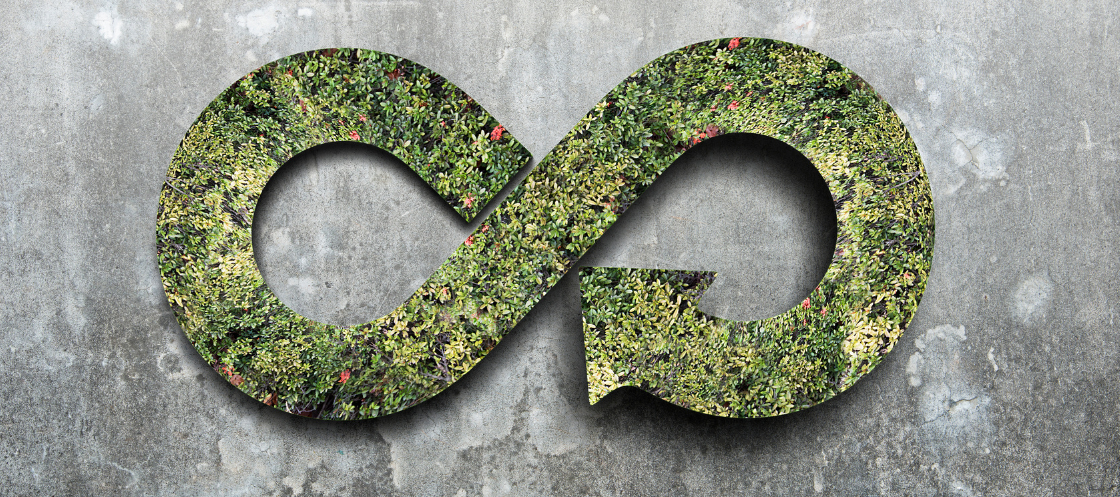CSIRO report urges Australia to accelerate transition to circular economy for sustainable future
Australia's national science agency, CSIRO, has unveiled a new report focusing on the country's material use, outlining opportunities for transitioning towards a more circular and sustainable economy.

A new CSIRO report stresses the urgent need for Australia to enhance its circularity rate and embrace circular economy principles to achieve sustainability goals while addressing environmental challenges and promoting economic growth.
The report, titled Australian Material Flow Analysis to Progress to a Circular Economy, delves into how Australia utilizes its resources and links human consumption to environmental impacts.
According to Dr. Alessio Miatto, a CSIRO scientist and author of the report, Australia's circularity rate, a measure of resource reuse and recycling efficiency within the system, stands at a mere 4%, which is half the global average. Despite some progress in reducing the material footprint and curbing air emissions over the last decade, Australia's material usage remains notably high, with the economy utilizing four times more materials per capita compared to the world average.
The report notes the significance of sectors such as housing, transport, and food, which collectively constitute a substantial portion of Australia's material footprint. In 2019 alone, Australia extracted and harvested a considerable amount of materials, with a significant portion being exported to other countries.
Dr. Heinz Schandl, who leads CSIRO's circular economy research, suggests that Australia could potentially double its circularity rate by embracing circular economy opportunities across various sectors, including housing, mobility, food, and energy provision.
Central to bolstering circularity is enhancing recycling output and reimagining material usage, with current efforts resulting in about half of the materials captured through waste schemes being recycled, while the remainder ends up in landfills.
The report emphasizes the critical role of material use in driving energy consumption and emissions, with over 50% of global warming attributed to this factor. Adopting circular economy principles not only promises cleaner air, soil, and water but also offers economic benefits, including extended product longevity and job creation within local circular supply chains.
Dr. Miatto highlights the resilience of local circular supply chains compared to capital-intensive global supply chains dependent on virgin materials. The report is part of CSIRO's Circular Economy for Missions initiative, aimed at supporting Australia's transition to a circular economy by reducing waste, fostering economic growth, and mitigating environmental and health impacts. This initiative receives funding from the Australian Government under the National Environmental Science Program.
Join CSIRO for a free webinar as they present the key findings from the report, tomorrow, Thursday 7 Mar 2024 from 2.00pm to 2.45pm AEDT. Register here.
















